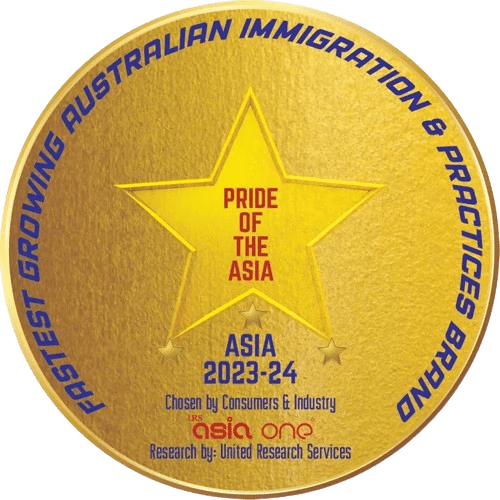Countries increasingly prioritise skilled migration to address labour shortages and support economic growth. Australia, Canada, and Germany, among others, are revising their immigration policies to attract highly qualified professionals in sectors like healthcare, technology, and engineering.
Key Insights:
- Expansion of occupation lists for skilled migration programs.
- Streamlined visa processing for in-demand skills.
- Increased use of points-based systems to select highly skilled candidates.
Many nations encourage immigrants to settle in smaller cities and rural areas to address urban overcrowding and promote balanced regional development. Australia’s regional migration schemes and Canada’s Provincial Nominee Program (PNP) are prime examples of this trend.
Key Insights:
- Incentives like additional points or faster processing for regional settlement.
- Improved infrastructure and support services in rural areas to attract migrants.
- Enhanced collaboration between local governments and federal immigration agencies.
Governments are creating more pathways for temporary visa holders to transition to permanent residency. This shift recognises the contributions of temporary workers and students to local economies and communities.
Key Insights:
- Extension of work rights for international students.
- Greater emphasis on work experience in permanent residency applications.
- Policies targeting long-term retention of skilled temporary visa holders.
Technology is revolutionising immigration processes, making them more efficient and accessible. Digital platforms for applications, AI-based eligibility assessments, and blockchain for document verification are becoming standard.
Key Insights:
- Faster processing times through automated systems.
- Enhanced transparency and accuracy in decision-making.
- Increased security and fraud prevention through digital tools.
With climate change displacing millions worldwide, nations are beginning to address the challenges of climate-induced migration. While still in its early stages, this trend is expected to gain momentum in the coming years.
Key Insights:
- Special visa categories for climate refugees.
- Regional agreements to manage cross-border climate migration.
- Integration of sustainability considerations in migration policies.
As global competition for talent intensifies, employer-sponsored migration programs are becoming more prominent. Companies are playing a greater role in facilitating work visas for international employees.
Key Insights:
- Simplified processes for employer sponsorship.
- Partnerships between governments and industries to fill skill gaps.
- Increased support for onboarding and retaining international talent.
Immigration policies are evolving to reflect the importance of diversity and inclusion. Countries are introducing measures to ensure equal opportunities for underrepresented groups, including women, minorities, and individuals with disabilities.
Key Insights:
- Gender-balanced point systems.
- Targeted outreach to underrepresented communities.
- Programs promoting cultural integration and workplace inclusivity.
With remote work becoming the norm, many countries are introducing digital nomad visas to attract global talent. These visas cater to remote professionals and do not require traditional employment in the host country.
Key Insights:
- Flexible visa conditions tailored for remote workers.
- Tax incentives for digital nomads.
- Growth in coworking spaces and digital infrastructure.
The immigration landscape is transforming significantly, driven by technological advancements, economic demands, and global challenges. For prospective immigrants, staying informed about these trends is crucial to navigating the evolving pathways. Businesses and policymakers must also adapt to leverage the opportunities these changes bring.
Whether you are an aspiring migrant or an employer seeking global talent, understanding these trends can help you make informed decisions for 2025 and beyond. The future of immigration is dynamic, and being prepared is key to success.
















